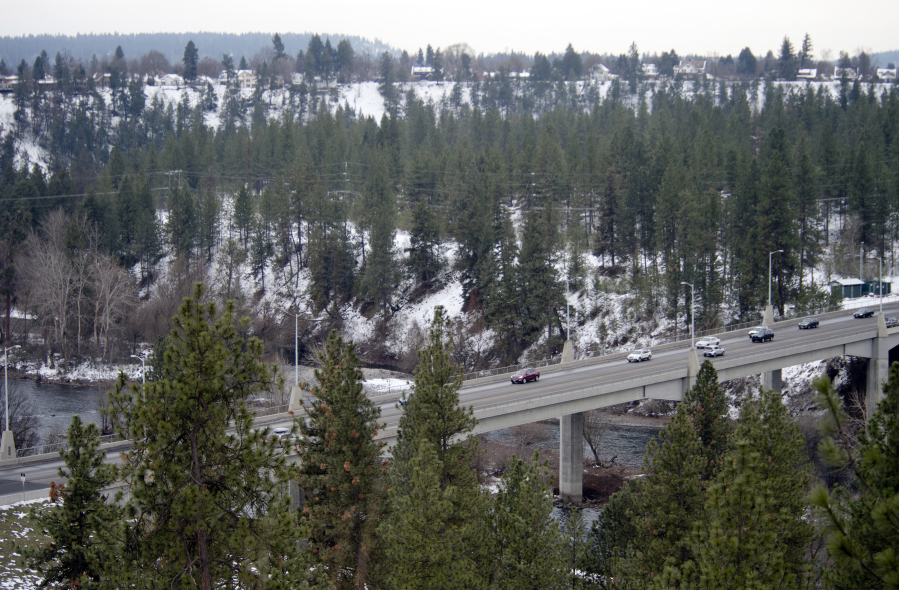That reality is causing problems for regional and statewide land conservancy efforts, a fact made clear during Spokane County’s latest Conservation Futures Nomination round. The county program, which relies on a voter-approved property tax levy, has acquired nearly 9,000 acres of natural space since 1994. The program accepts property nominations roughly every five years. Once that period closes, the county and public evaluate the lands and rank them. The county then attempts to purchase the top-ranked parcels.
In 2016, the county received 38 nominations. In 2010, 36 nominations. This year, the county received eight.
“We’ve been sort of in this Goldilocks real estate land where there are these beautiful large properties, undeveloped properties close to the urban areas that were pretty affordable to purchase,” said Paul Knowles, the county park planner. “The conservation futures program was really able to have this significant impact on land conservation and recreation in this area. That Goldilocks era appears to be waning.”
Realtor Craig Soehren is a commercial real estate broker who worked on the sale of the 31-acre Sisters of the Holy Names property in 2017 on the Spokane River. That property, which includes 4,500 feet of shoreline, was purchased using county conservation futures money and was one of the “highlight transactions” of his career.
That sale would be more difficult now, although still possible, he said.
There are multiple reasons for that.
First is the simple fact that land costs more money now than it did in 2017. At the same time, revenue from the levy that the program depends on can only grow by 1 percent a year, per state law. Meanwhile, real estate prices have increased by 20 percent or more per year.



